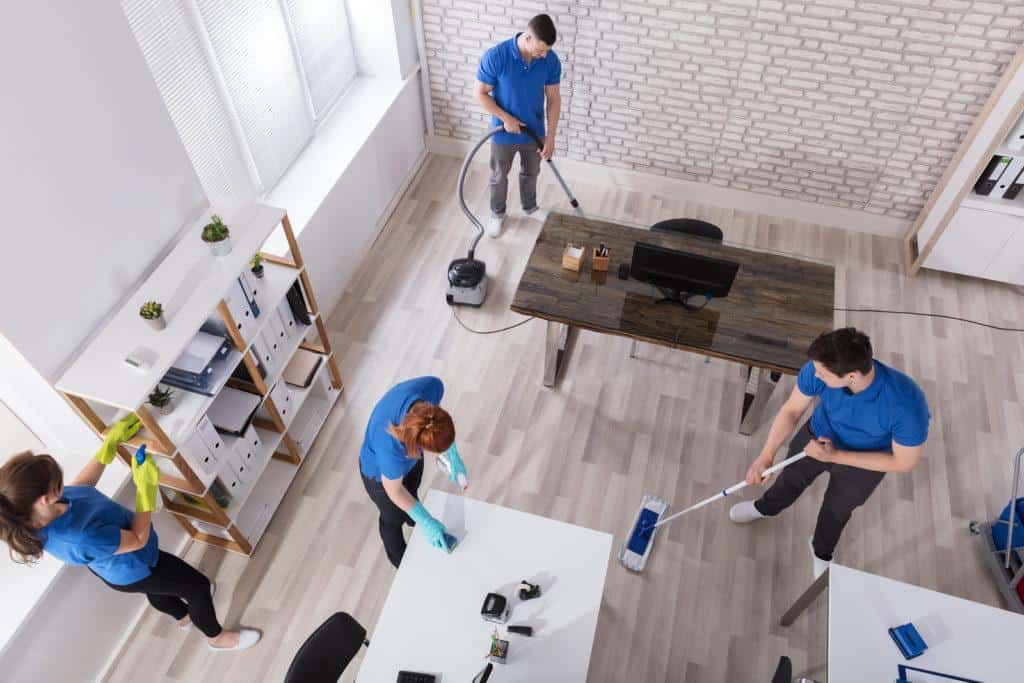Building management and cleaning collaboration go hand in hand when it comes to maintaining a healthy, safe, and productive environment. In this article, we will explore how building managers can work together with professional cleaners to create a well-structured cleaning schedule, choose the right cleaning company, communicate with tenants and residents about cleanliness expectations, utilize technology to streamline the process, and take action towards a cleaner, healthier environment.
Introduction to Building Management and Cleaning Collaboration
Building management teams are responsible for overseeing the daily operations of a facility or property, including maintenance, repairs, security, and cleaning. When it comes to cleaning, collaborating with professional cleaning companies can help ensure that all areas of the building are thoroughly cleaned and maintained on a regular basis. A well-planned cleaning schedule is essential to keeping the building clean and tidy, which is why building managers should work closely with their chosen cleaning company to develop an effective plan.
The Importance of a Well-Structured Cleaning Schedule
A well-structured cleaning schedule should include routine tasks such as vacuuming carpets, dusting surfaces, and emptying trash cans. It should also specify the frequency of these tasks, taking into account high traffic areas and potential hazards. For example, restrooms may need to be cleaned more frequently than other areas due to their nature. Additionally, the cleaning schedule should consider special events or occasions that require extra attention, such as holiday parties or conferences. By working closely with a professional cleaning company, building managers can ensure that the cleaning schedule is tailored to meet the specific needs of their building.
Choosing the Right Cleaning Company for Your Building
When choosing a cleaning company, building managers should look for one that has experience in commercial cleaning and understands the unique challenges faced by buildings in their industry. They should also check references and ask for proof of insurance and bonding. Once they have narrowed down their options, building managers should request proposals from several different companies and compare them based on price, services offered, and reputation.
Communicating with Tenants and Residents about Cleanliness Expectations
Communication is key when it comes to ensuring that everyone in the building is on the same page regarding cleanliness expectations. Building managers should clearly communicate with tenants and residents about what is expected of them in terms of keeping common areas clean, such as not leaving personal items out or throwing trash on the floor. Regular communication through newsletters or email updates can keep everyone informed about upcoming cleanings, any changes to the cleaning schedule, and tips for maintaining a clean and healthy environment.
Technology’s Role in Streamlining the Cleaning Process
Advancements in technology have made it easier than ever before to streamline the cleaning process. For example, automated cleaning equipment like robotic vacuums and window washers can save time and reduce the risk of injury to cleaning staff. Additionally, software programs can track cleaning progress and alert building managers if there are any areas that need attention. By incorporating technology into the cleaning process, building managers can improve efficiency and ensure that every area of the building is being properly cleaned.
Conclusion: Taking Action Towards a Cleaner, Healthier Environment
In conclusion, building management and cleaning collaboration play a critical role in creating a cleaner, healthier environment. By developing a well-structured cleaning schedule, choosing the right cleaning company, communicating with tenants and residents, utilizing technology, and taking action towards a cleaner, healthier environment, building managers can ensure that their facilities are kept in top condition.


